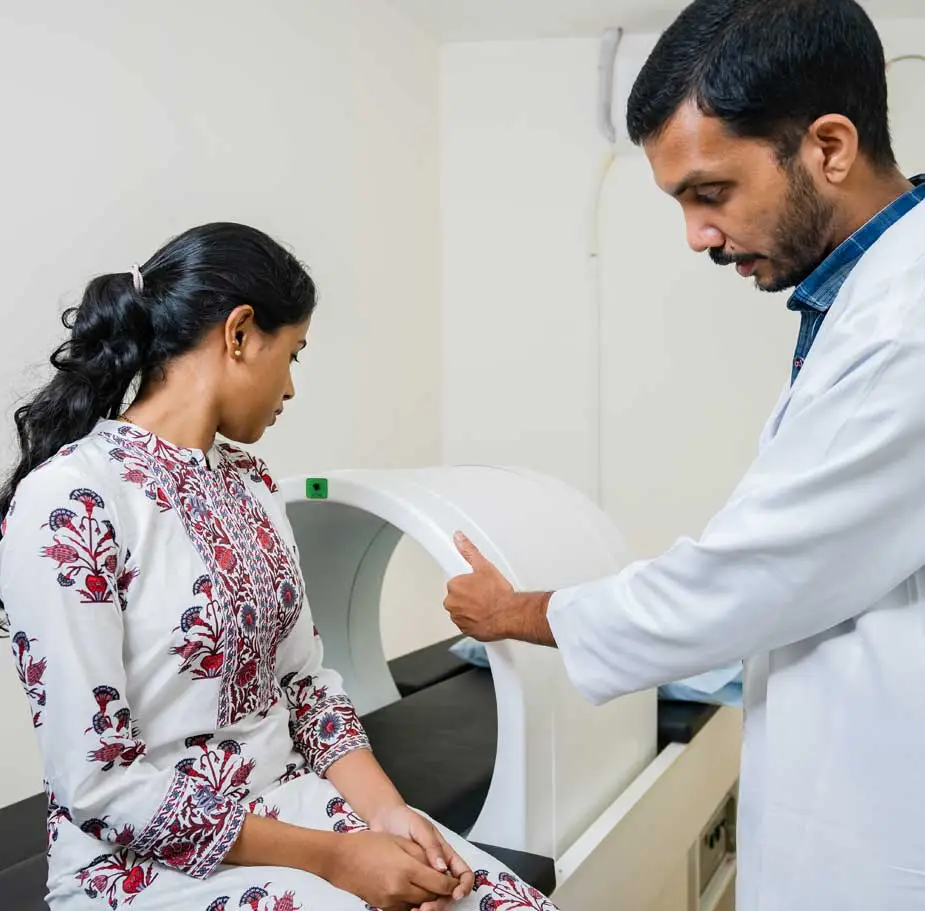Osteoporosis
Symptoms
Symptoms of osteoporosis may include:
Pain in middle or lower thoracic or lumbar region
Increased pain on sudden movements, sitting, Coughing and sneezing
Back Pain
Loss of weight
Fractures
Brittle hair
Causes
The causes of osteoporosis include:
– Prolonged bedrest or inactivity
– Prolonged casting or splinting
– Paralysis
– Low Calcium, Protein, Vitamin C in diet
– Alcoholism
– Smoking
– Heparin
– Methotrexate
– Ethanol
– Glucocorticoids
– Rheumatoid Arthritis
– Cirrhosis
– Sarcoidosis
– Renal Tubular Acidosis
Diagnosis
Treatments
Our Arthritis Wellness & Rehabilitation Program incorporates an advanced modality called Pulsed Cell Repair Therapy (PCRT). PCRT directs a series of electromagnetic impulses through injured tissue. Each pulse induces a tiny electrical signal that stimulates cellular repair and harnesses the body’s own ability to heal itself. This natural signal promotes the body to repair damaged or worn tissues/cartilages and to maintain healthy and proper functioning of the joint.
Sometimes, because of aging, injury or disease, signals that are naturally produced by the body is disturbed. When this occurs, the body is unable to repair the damage itself. This results in pain, inflammation, and loss of proper function in the joint. PCRT is unique in that it mimics the body’s natural signal, activating the normal healing process and stimulates the growth and repair of the damaged tissue.
The treatment session is typically 9 to 12 days, first 9 days should be continuous without interval. Because of the regenerative process, patient is advised for rest without any vigorous movements in the joint. If the patient is in pain, we will manage with other electrical modalities and then start with PCRT. After the PCRT sessions, we begin with our muscle strengthening exercises and lifestyle modifications, approximately 3 to 4 weeks after completing the PCRT sessions, which helps the patient become functionally independent.

